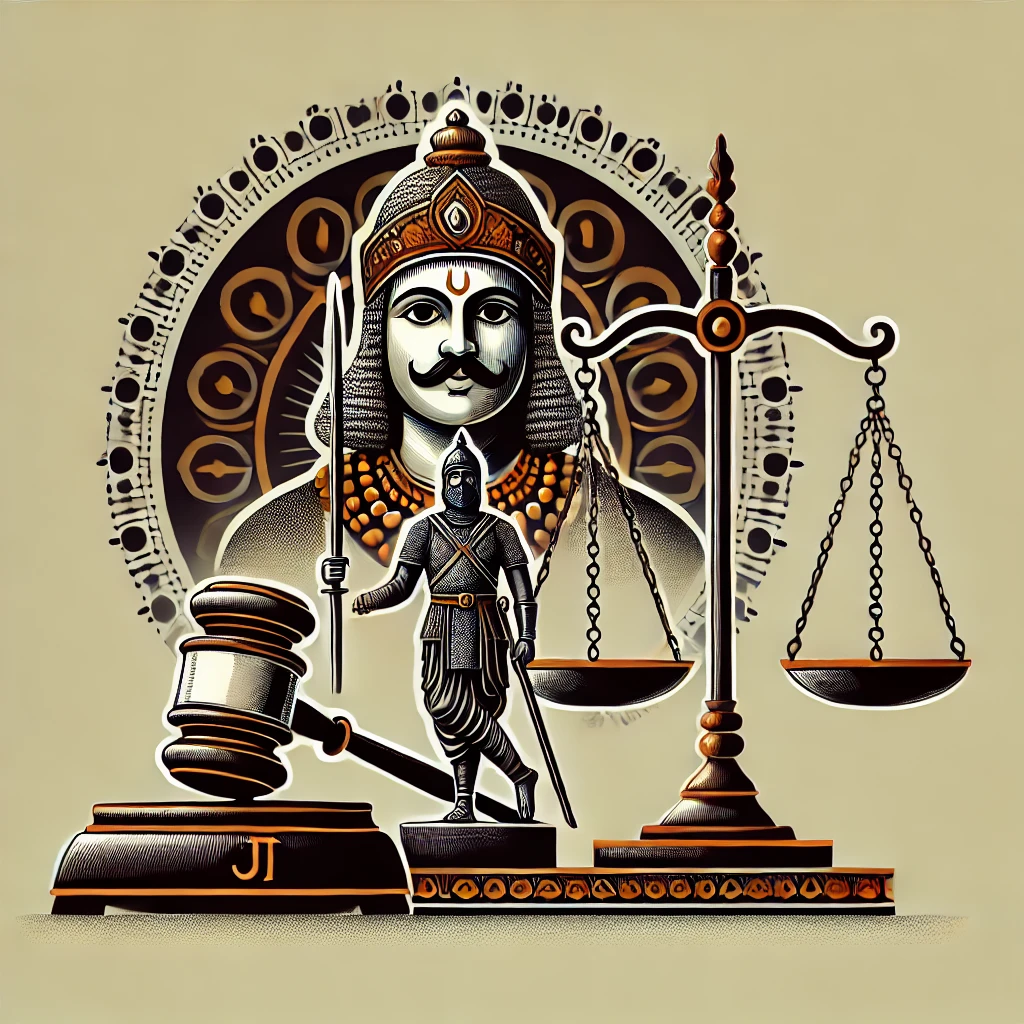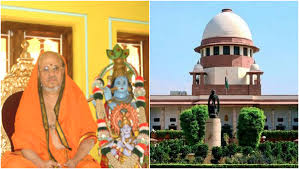Raja Naykar Vs. State of Chhattisgarh
Background
This case arose from the 2009 murder of Shiva alias Sanwar in Durg, Chhattisgarh. The prosecution alleged that Raja Naykar (the appellant) stabbed the deceased 24 times, wrapped the body, and, with the help of others, attempted to burn it behind a temple. The trial court convicted Naykar for murder (Section 302 IPC), destruction of evidence (Section 201 IPC), and criminal conspiracy (Section 120B IPC), sentencing him to life imprisonment. The High Court upheld his conviction, though it acquitted the co-accused. Naykar appealed to the Supreme Court.
Prosecution Case and Evidence
The prosecution’s case was based entirely on circumstantial evidence. Key elements included:
The discovery of the half-burnt body with multiple stab wounds.
Recovery of a blood-stained dagger, which, according to the Forensic Science Laboratory (FSL), had human blood but could not be matched to the deceased, as the serological report was unavailable.
Alleged motive: the deceased was said to have killed Naykar’s brother.
The accused’s alleged involvement in disposing of the body and destroying evidence.
Supreme Court’s Analysis
The Supreme Court emphasized the settled principle that suspicion, however strong, cannot substitute for proof beyond reasonable doubt. The Court reiterated that, in cases based on circumstantial evidence, the chain of circumstances must be so complete as to exclude every hypothesis except that of the accused’s guilt. The facts must not only “may be” but “must be” proved, and the circumstances should be consistent only with the guilt of the accused.
The Court noted several deficiencies:
The prosecution failed to establish a clear and unbroken chain of circumstances linking Naykar to the crime.
The FSL report did not conclusively link the blood on the weapon to the deceased.
The absence of a serological report further weakened the prosecution’s case.
The appellant’s non-explanation or false explanation under Section 313 CrPC could not be used as an additional link to complete the chain of circumstances.
Judgment and Outcome
The Supreme Court held that the prosecution had not discharged its burden of proving Naykar’s guilt beyond reasonable doubt. The Court acquitted Naykar, setting aside both the trial court and High Court convictions, and ordered his release if not required in any other case.
Significance
This judgment reaffirms the core criminal law principle that conviction cannot rest on suspicion or incomplete circumstantial evidence. It underscores the necessity for the prosecution to establish guilt beyond reasonable doubt, especially in cases lacking direct evidence.






























0 comments